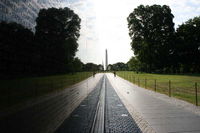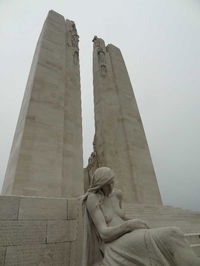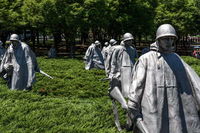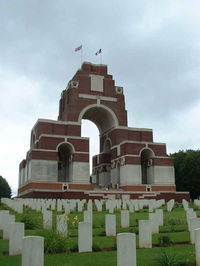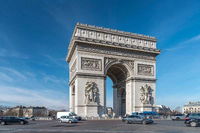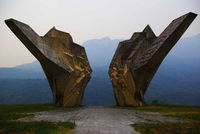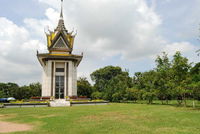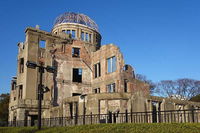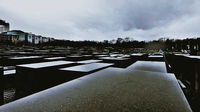
Lest We Forget Trivia Quiz
Memorials to the fallen
Armed conflict has been an unfortunate reality in our world since before recorded history, including those in power who cause suffering to those 'beneath' them, for whatever reason. These ten monuments stand as a reminder to all of us to never forget.
by reedy.
Estimated time: 3 mins.
- Home
- »
- Quizzes
- »
- History Trivia
- »
- War History
